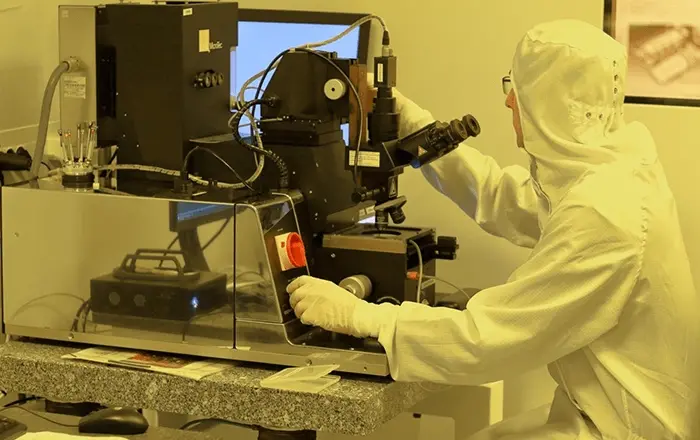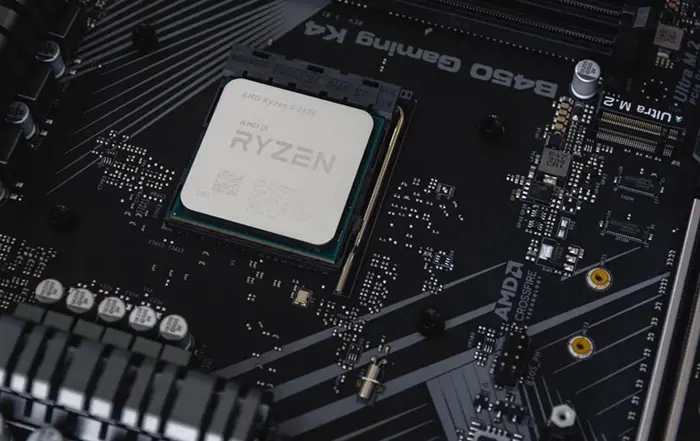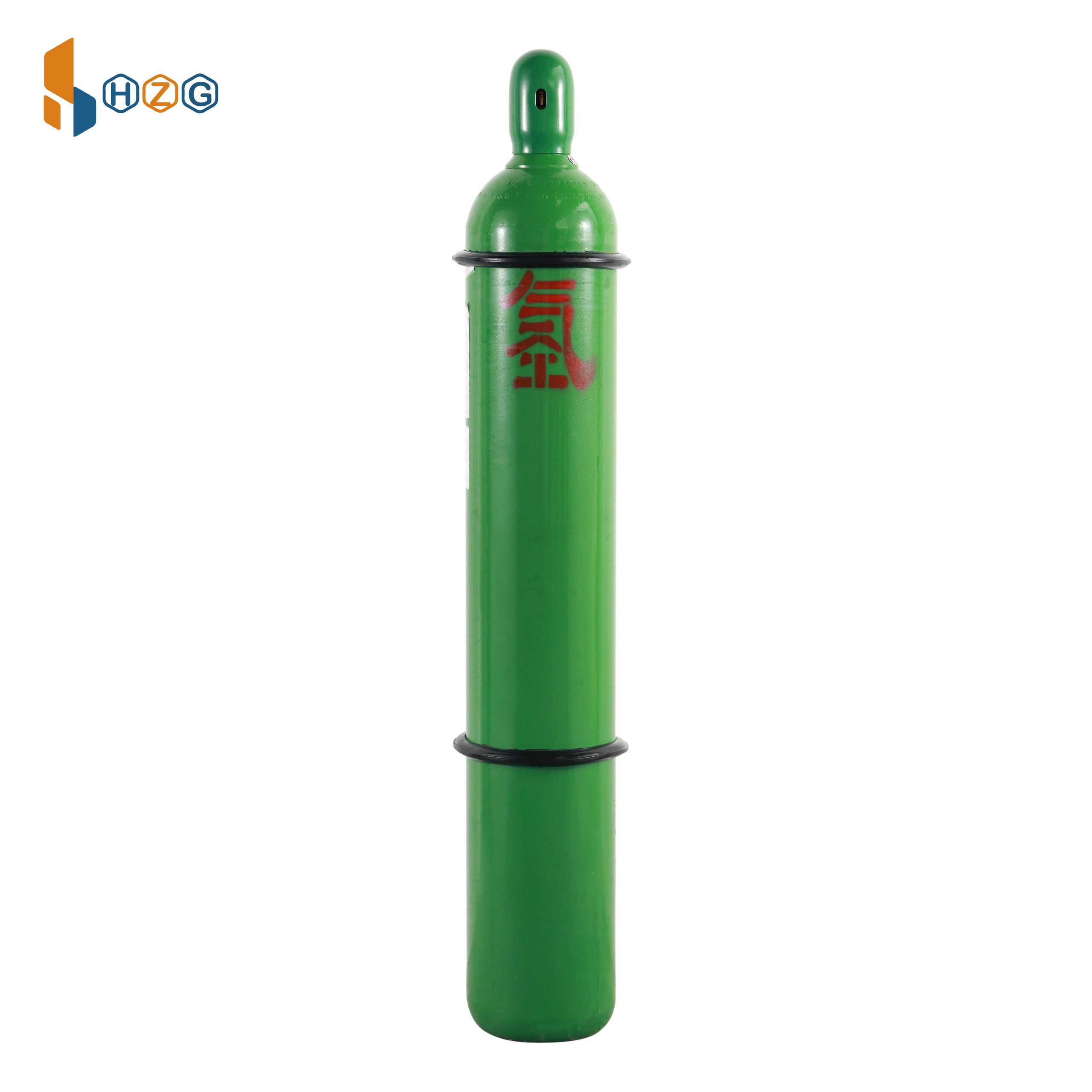Other specifications of packaging can be provided according to customer requirements








Carbon Monoxide 99.9% purity CO Industrial Grade Gas
Carbon monoxide is produced in many industrial processes, such as synthetic ammonia raw material gas, yellow phosphorus production tail gas, blast furnace gas and converter gas in the iron and steel industry. From the perspective of carbon monoxide resources, the amount of steel plant gas is huge. The purity of carbon monoxide is high and the demand is not special. On large occasions, carbon monoxide production devices are often built, or by-product gas with low processing costs is used. The commonly used methods are coke oxygen method, carbon dioxide and charcoal reduction method. The charcoal layer of carbon dioxide passed into the electric furnace is reduced to carbon monoxide. Synthetic ammonia and copper washing Regenerated gas method.
Carbon monoxide is widely used in industry. It is the basis of the chemical industry and can be used to prepare organic compounds such as formic acid and methanol. In the metallurgical industry, carbon monoxide is used as a reducing agent to refine metals such as steel, nickel, copper, etc. In addition, carbon monoxide can also be used in the production of polycrystalline diamond foils, and as a fuel, such as water gas, synthetic natural gas, etc.
Carbon Monoxide 99.9% purity CO Industrial Grade Gas
Parameter
| Property | Value |
|---|---|
| Appearance and properties | Colorless odorless gas |
| Melting point (℃) | -199.1 |
| Relative density (water = 1) | 0.79 |
| Saturated vapor pressure (kPa) | No data |
| Critical temperature (℃) | -140.2 |
| pH | No data available |
| Boiling point (℃) | -191.4 |
| Relative vapor density (air = 1) | 0.97 |
| Heat of combustion (kJ/mol) | No data available |
| Critical pressure (MPa) | 3.50 |
| Octanol/water partition coefficient | No data available |
| Flash point (℃) | < -50 |
| Upper explosion limit % (V/V) | 74.2 |
| Ignition temperature (℃) | 610 |
| Lower explosive limit % (V/V) | 12.5 |
| Solubility | Slightly soluble in water; soluble in ethanol, benzene, and other organic solvents |
Safety Instructions
Main physical and chemical hazards: flammable and explosive gas, easy to burn and explode. GHS Hazard categories: Flammable gas, Category 1 Pressurized gas acute toxicity – inhalation, Category 3* reproductive toxicity, Category 1A Specific target organ toxicity – Repeated exposure, Category 1
Warning word: Danger
Hazard information: highly flammable gas; Gas under pressure, if heated can explode; May impair fertility or the fetus; Long-term or repeated exposure can cause organ damage; Toxic by inhalation;
Precautions: Keep away from heat sources, sparks, open flames and hot surfaces. Work with tools that do not produce sparks. Keep container airtight. Take ESD measures. Ground and connect containers or devices. Use explosion-proof appliances, ventilation, lighting and other equipment. Use personal protective equipment and wear antistatic work clothes as required. No smoking, eating and drinking in the workplace. Avoid high concentration inhalation. Light loading and unloading during handling to prevent cylinder and accessories damage.
Route of invasion: inhalation.
Health hazard: Carbon monoxide binds to hemoglobin in the blood and causes tissue deficiency. Acute poisoning: mild poisoning of headache, dizziness, tinnitus, palpitation, nausea, vomiting, weakness, blood carboxyhemoglobin concentration can be higher than 10%; In addition to the above symptoms, moderate intoxicant patients also have cerulean skin and mucous membranes, rapid pulse, irritability, gait instability, light to moderate coma, and blood carboxyhemoglobin concentration can be higher than 30%; severe patients have deep coma, constricted pupils, enhanced muscle tone, frequent convulsions, urinary and bowel incontinence, shock, pulmonary edema, and severe myocardial damage, and blood carboxyhemoglobin can be higher than 50%. After some patients recover from coma, about 2-60 days after the symptom remission period, there may be delayed encephalopathy, mainly with mental disorders of consciousness, cone system or extrapyramidal system damage. Chronic effects: Whether it can cause chronic intoxication and cardiovascular effects is uncertain.
Emergency summary: such as leakage: quickly evacuate the contaminated area to the upper wind, and isolation, strictly restrict access. Cut off the fire. Emergency personnel are advised to wear self-contained positive pressure breathing apparatus and fire protective clothing. Cut off the source of leakage as much as possible. Reasonable ventilation to accelerate diffusion. Dilute and dissolve in spray water. Build embankments or dig pits to contain large amounts of waste water. If possible, send the leaking gas to the open area with the exhaust fan or install the appropriate nozzle to burn off.
If the leaking gas catches fire: Do not extinguish the fire unless the source of the leak can be safely cut off. If there is no danger, eliminate all sources of ignition. In case of fire, spray water to cool the container and move it from the fire to an open area if possible. In case of fire, fog water, foam, carbon dioxide, dry powder extinguishing agent is used to extinguish the fire.
If inhaled: quickly remove from the scene to fresh air. Keep your airway clear. If breathing is difficult, give transfusion. If breathing stops, give artificial respiration immediately.
Seek medical attention.
Environmental hazard: It is harmful to the environment and can cause pollution to water, soil and atmosphere.


















